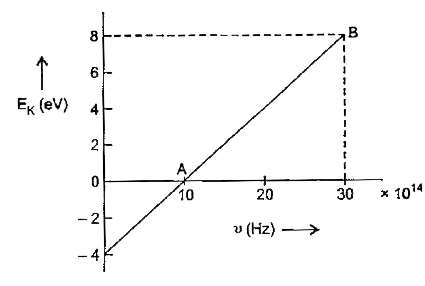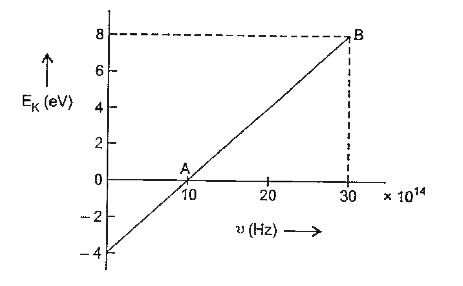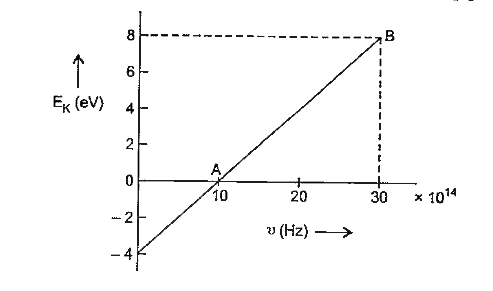In an experiment on photoelectric effect, a photon is incident on an electron from one direction and the photoelectron is emitted almost in the opposite direction. Does this violate conservation of momentum ?
Step by step video & image solution for In an experiment on photoelectric effect, a photon is incident on an electron from one direction and the photoelectron is emitted almost in the opposite direction. Does this violate conservation of momentum ? by Physics experts to help you in doubts & scoring excellent marks in Class 12 exams.
Updated on:21/07/2023Topper's Solved these Questions
- PHOTO ELECTRIC EFFECT AND WAVE PARTICLE DUALITYBOOK - HC VERMA ENGLISHCHAPTER - PHOTO ELECTRIC EFFECT AND WAVE PARTICLE DUALITYEXERCISE - Exercise
35 Videos
- PERMANENT MAGNETSBOOK - HC VERMA ENGLISHCHAPTER - PERMANENT MAGNETSEXERCISE - Short Answer
11 Videos
- PHOTOMETRYBOOK - HC VERMA ENGLISHCHAPTER - PHOTOMETRYEXERCISE - All Questions
38 Videos
Similar Questions
Explain photoelectric effect Explain the effect of increase of intensity of incident radiations on photoelectrons emitted by a photo-tube.
View SolutionThe stopping potential in an experiment on photoelectric effect is 2V. What is the maximum kinetic energy of the photoelectrons emitted ?
View SolutionIn an experiment on photoelectric effect light of wavelength 400nm is incident on a metal plate at rate of 5W. The potential of the collector plate is made sufficiently positive with respect to emitter so that the current reaches the saturation value. Assuming that on the average one out of every 106 photons is able to eject a photoelectron, find the photocurrent in the circuit.
View SolutionIn an experiment on photoelectric effect of light wavelength 400 nm is incident on a metal plate at rate of 5W. The potential of the collector plate is made sufficiently positive with respect to emitter so that the current reaches the saturation value. Assuming that on the average one out of every 106 photons is able to eject a photoelectron, find the photocurrent in the cirucuit.
View SolutionIn a photoelectric effect , the K.E. of electrons emitted from the metal surface depends upon
View SolutionLigth emitted during the de excitation of electrons from n=3 to n=2, when incident on metal, photoelectrons following de excitations photoelectrons are just emitted from that metal. In which of the following de excitations photoelectric effect, is not possible ?
View SolutionIn an experiment of photo-electric effect, the graph of maximum kinetic energy Ek of the emitted photoelectrons versus the frequency v of the incident light is a straight line AB as shown in figure below :

Stopping potential for the photoelectrons emitted by the light of frequency
v=30×1014Hz
View SolutionIn an experiment of photo-electric effect, the graph of maximum kinetic energy Ek of the emitted photoelectrons versus the frequency v of the incident light is a straight line AB as shown in figure below :

Work function of the metal.
View SolutionIn an experiment of photo-electric effect, the graph of maximum kinetic energy Ek of the emitted photoelectrons versus the frequency v of the incident light is a straight line AB as shown in figure below :

Threshold frequency of the metal.
View SolutionIn an experiment of photoelectric effect, the graph of maximum kinetic energy EK of the emitted photoelectrons versus the frequency v of the incident light is a straight line AB as shown in Figure below:
Find : (i) Threshold frequency of the metal.
(ii) work function of the metal
(iii) Stopping potential for the photoelectrons emitted by the light of frequency v=30×1014 Hz.
View Solution
